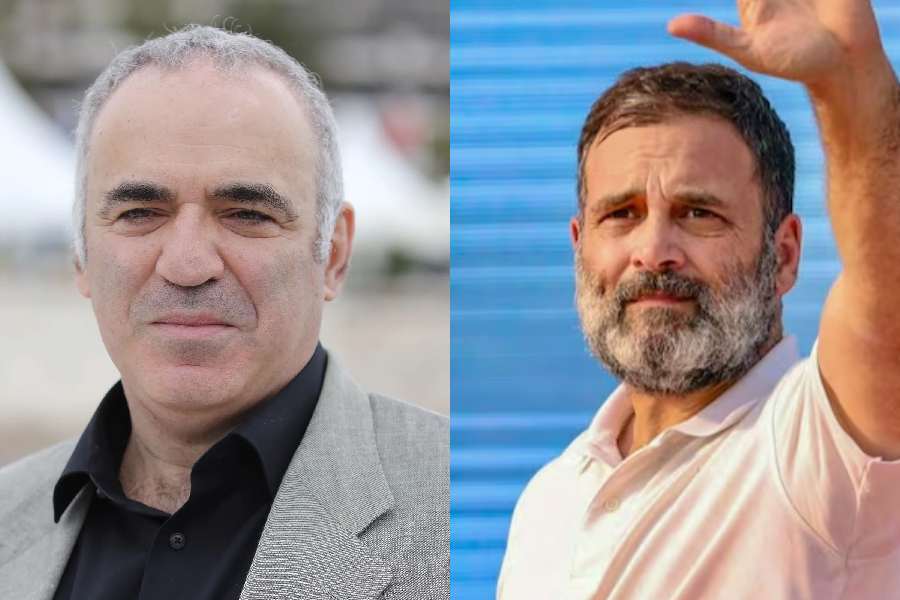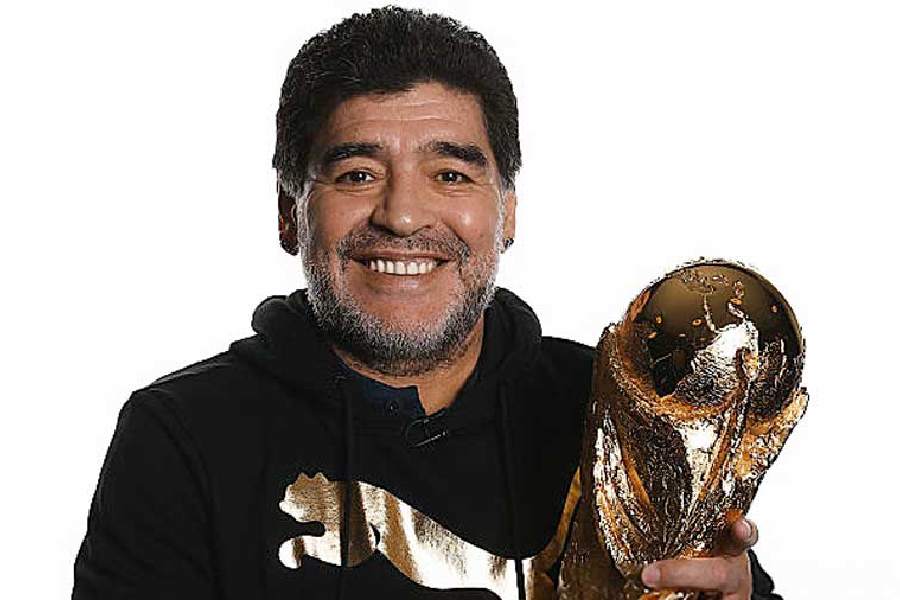What’s common to Australia’s Carmichael mining project and Kerala’s Vizhinjam International Deepwater Multipurpose Seaport? There are many. First, both are being constructed by the Adani Group. Both are embroiled in huge protests by alliances of traditional inhabitants of the respective regions, environmentalists,the tourism industry, and others. Both projects are backed by political parties, irrespective of ideological differences, for their claimed potential for job creation and development. The environmental sustainability, financial viability, and promised benefits of both projects have been questioned by experts. Both projects, it is feared, would cause immense damage to the biologically diverse coral reefs in their neighbouring seas. Protests have made both projects miss deadlines, although Carmichael’s first shipment to India left Australia in December last year. Huge protests against the heavy greenhouse emission by Australia’s largest coal mining project continue.
The Stop Adani Alliance against the AU$2 billion Carmichael mines in the coal-abundant North Galilee basin of central Queensland is composed of environmentalists, indigenous people,writers and also cricketers like the Chappell brothers. The Rs 7,525 crore VIDMS, located on the Arabian Sea in Thiruvananthapuram, is opposed by the local fisherfolk and is being led by the Latin Catholic Church against the destruction of their livelihood and environment.Their demands include the suspension of construction until a new socio-economic and environmental impact study is done by a committee with representatives from local fisherfolk, better compensation, and a rehabilitation package. Discussions between the chief minister, Pinarayi Vijayan, and the LCC archbishop, Thomas J. Netto, failed to resolve the issues. Vijayan offered to consider all demands except stopping construction.The company washed of its hands, saying rehabilitation and compensation were the state government’s responsibility.The company has approached Kerala High Court, seeking Central Reserve Police Force protection to continue construction.
The SAA has global attention, which made many banks drop direct financing and the company to scale down the project substantially. But Vizhinjam continuesto be localised. Yet, it has shaken Kerala’s Left Democratic Front government because of the influential LCC takingover. Latin Catholics form most of the region’s fisherfolk and constitute a powerful vote bank. The agitation intensified from mid-August, with fisherfolk led by priests laying round-the-clock siege to the project site from land and sea from August 16, forcing construction to stop.
A modern port in the fishing village of Vizhinjam has been Kerala’s dream for decades as it has unique locational advantages.It is barely 12 nautical miles off the Persian Gulf-Malacca shipping route, which accounts for one-third of world traffic. It has a natural depth of 20 metres and minimal littoral drift. An all-weather port and container terminal at Vizhinjam is projected to capture most of the Indian trans-shipment going to Colombo.
The dream finally appeared to come true in 2015 when Adani Ports and SEZ Ltd won the contract as the solitary bidder to build an all-weather deep sea water port and international container terminal, touted to be India’s largest. The project is being implemented by the Vizhinjam International Seaport Ltd, a Special Purpose Vehicle wholly owned by the state government, and is designed, built, and operated by the newly-formed Adani Vizhinjam Port Private Limited. A project under the public-private partnership model, its capital investment is shared by the state government (Rs 3,436 crore), the Central government (Rs 1,635 crore as viability gap), and the Adani Group (Rs 2,454 crore).
Although the project was launched by the Congress-led United Democratic Front government in 2015, the successive Communist Party of India (Marxist)-led LDF governments have carried it forward,lending it full support. The unstinted support by the rival combinations of Kerala is similar to the Carmichael project,which is being backed by Australia’s two dominant political camps, the Labour and the Liberal/National Coalition. Queensland’s premier and Labour leader,Annastacia Palaszczuk, even visited Adani’s Mundra Port in 2017 to express support, although she was met by protests there too. The Congress leader and Thiruvananthapuram MP, Shashi Tharoor,and the CPI(M)’s Vijayan often met Gautam Adani and his son, Karan, to expedite VIDMS.
The VIDMS, which promised to bring jobs and development to the impoverished fishing villages, didn’t face significant protests initially, barring those from environmentalists. The Central ministry of environment and forests issued environmental clearance to VIDMS in 2014, extending it later to 2023. The green activists’petition to quash the clearance was dismissed by the National Green Tribunal in 2016. The Comptroller and Auditor General of India expressed doubts about the project’s financial viability and said Kerala’s interests were not protected in the concession agreement despite it bearing about 70 per cent of the project cost.
Once construction began, the local community found itself in trouble. With land acquisition, it came to be deprived of livelihood and living areas. The project envisaged a total area of 360 acres, of which half was being reclaimed from the sea. Only about Rs 95 crore was disbursed as part of the original Rs 450 crore compensation package until August 2021 to more than 2,000 fishermen who lost their livelihood. Hundreds of families were evicted and moved to temporary dwellings, but their rehabilitation to newly-built homes remained a promise. The AVPPL’s deadline to commission the first stage in 2019 was pushed to 2023. The company cited force majeure like floods and cyclones as well as delays in land acquisition,granite supply, rehabilitation and so on by the government.
Excessive rains and unprecedented floods have recently caused largescale coastal erosion in Thiruvananthapuram, especially in and around Vizhinjam. Many densely-populated regions and dwellings were destroyed. Activists blamed the construction/dredging activities by VIDMS for the intensification of erosion.Mainly blamed was the 3,000-meter-long breakwater being built to shelter vessels from waves and currents. Due to various obstacles, only half of the breakwater has been completed. According to critics, erosion in the villages north of Vizhinjam and sand accretion in the south were taking place because the breakwater reef obstructed natural sand movement during monsoon from south to north. Two years ago, the capital city’s iconic Shanghumugham beach, adjacent to the Thiruvananthapuram airport — also run by the Adani Group — was swallowed by mighty waves.
According to a report by the National Centre for Coastal Research tabled in Parliament in 2021, about 41 per cent of Kerala’s coast was under varying degrees of erosion. A University of Kerala study showed that the Thiruvananthapuram coast, especially villages around Vizhinjam,suffered the highest erosion during 2006-2020. However, the government argues that the erosion was due to seasonal changes in wave patterns, tidal currents, and climate change — not port construction.The project’s environmental impact assessment done by L&T Ramboll Consulting Engineers also ruled out significant erosion or accretion possibilities.
The fisherfolk’s agitation looks similar to the protests of the Wangan and Jagalingou communities, the indigenous owners of the Galilee basin, against the Carmichael project. The W&J families are leading the SAA and fighting the Adani Group in courts, accusing it of destroying their customs and culture. Both projects also threaten their neighbouring coral reefs. Coal production and shipping from the Carmichael threaten the nearby Great Barrier Reef, the world’s largest coral reef lying off Queensland. The 2,300-km-long natural wonder and world heritage site is home to 10 per cent of the world’s fish species. The VIDMS, it is feared, would seriously damage the Wadge bank, the Indian Ocean’s largest coral reef, lying 50 km off Vizhinjam. It is the breeding ground for 200 fish varieties and other oceanic animals.
(M.G. Radhakrishnan, a senior journalist based in Thiruvananthapuram, has worked with various print and electronic media organisations)










